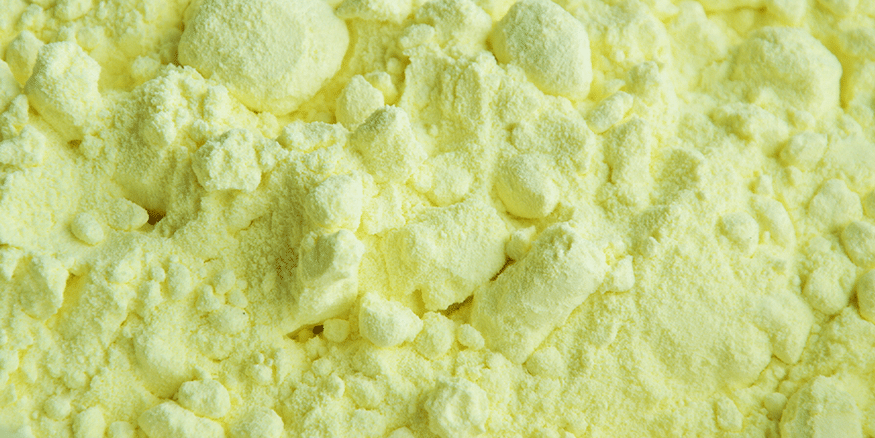
Sulphite-Restricted Diet
Sulphite sensitivity is seen in people with asthma (~70% of cases) and in non-asmatics (~30% of cases). Sulphur comes from pollution (sulphur diocide), sulphite-containing foods (additives), and food packaging (that has sulphur-containing compounds for sanitizing).
What are the Symptoms of Sulphite Sensitivity?
Symptoms of sulphite sensitivity include: wheezing, chest tightness, asthma, diarrhea, nausea, vomiting, abdominal pain, dizziness, flushing, difficulty swallowing, skin rash, hives, or anaphylaxis (serious reaction).
Why are Sulphites Added to Foods?
Sulphites are added to foods to prevent bronwing or discolouring. They are preservatives and anti-microbial agents. In 1987, the Canadian Food and Drug Regulation no longer permit the addition of sulphites to fresh fruits and vegetables (except grapes and sliced potatoes).
What are the Sulphite-Containing Additives Permitted in Foods?
If you are on a sulphite-restricted diet, check food labels for:
- Sodium Sulphite
- Sodium Sulphate
- Sodium Thiosulphate
- Sulphurous Acid
- Sulphur dioxide
- Sodium Metabisulphite
- Potassium Metabisulphite
- Sodium Bisulphite
- Potassium Bisulphite
- Sodium Dithionate
Can Sulphites be Removed From Foods?
Sulphites cannot be reduced or removed by washing or cooking the food, and occur naturally in many foods. Sulphites are required to be listed on ingredient labels of foods. However, be aware that bulk and deli foods, alcoholic beverages, and food packaging materials may contain sulphites which will not be listed on any ingredient labels.
What Foods should be Avoided on a Sulphite-Restricted Diet?
Fruits and Vegetables
Dried fruits and vegetables
Frozen juices (except orange juice)
Commercially peeled &/or sliced potatoes
Frozen sliced apples or mushrooms
Maraschino cherries
Grapes, grape juice, lemon/lime juice
Tomato paste, puree, and ketchup
Milk and Milk Products
All milk products made with the restricted foods
Breads and Cereals
Commercially prepared biscuit dough
Any breads or cereals made with dried fruits or vegetables, or coconut
Commercially prepared pasta meals (plain pasta is ok)
Frozen pastry shells
Meat and Alternatives
Canned tuna
Gelatins
Crustaceans (crab, lobster, shrimp, squid, crayfish)
Other
Vinegars (except distilled white)
Mincemeat
Coconut
Pickles and relishes
Brown sugar, molasses
Dextrose
Iodized salt
Jams, Jellies, or marmalade made with added pectin or gelatine
Some alcoholic beverages (cider, wine, beer, port)
Certain Medications
Conclusion
Sulphite is present in many foods, medications, and food packaging materials. If you are concerned that you may have a sulphite-sensitivity, consult your physician.

